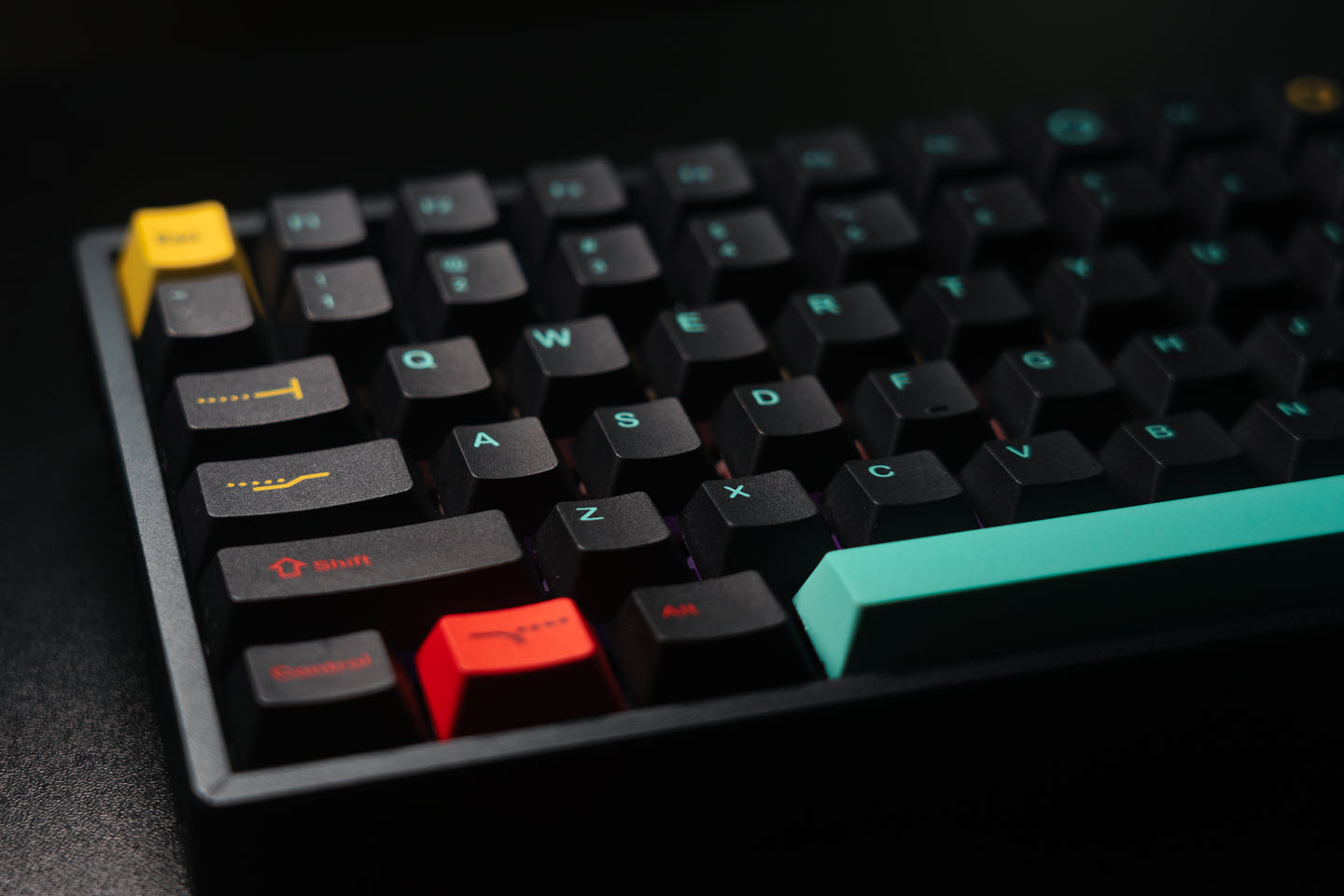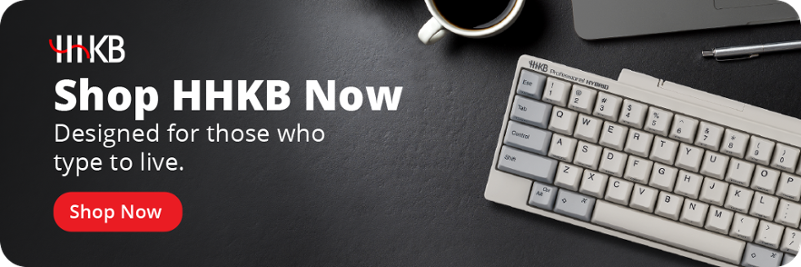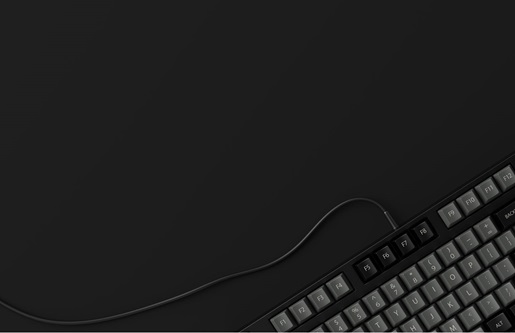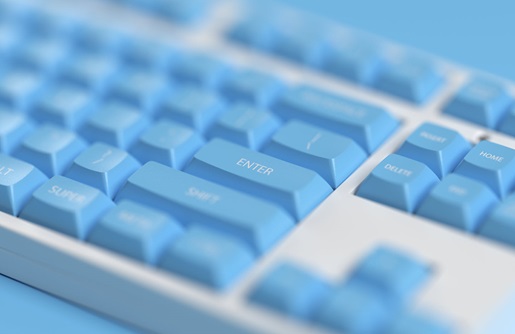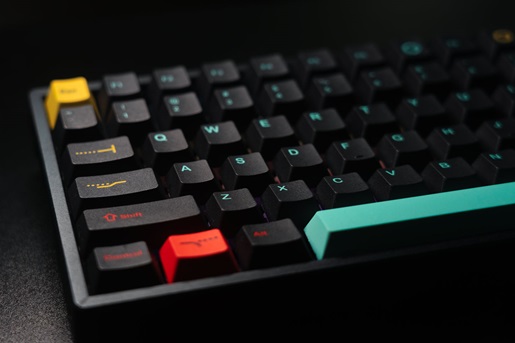Find out why you should lube your mechanical keyboard and how
The “mechanical” in a mechanical keyboard refers to the fact that it’s made up of tiny, individual machines: dozens of switches that each contain the parts they need to electronically register a kinetic keypress. Some parts stay still in normal operation, while others may move back and forth hundreds or thousands of times a day. If you’d like any of those parts to move a little smoother, whether for the feel, sound, or simply the joy of fully customizing your keyboard, you need to know about keyboard lube.
This guide will introduce you to some of the most popular keyboard lube products among the enthusiast community, why and where they’re used, and some tips on how to apply them.
Looking to create your own custom keyboard? This guide will show you all the parts you need to get started.
What is keyboard lube?
Keyboard lube is a specially formulated substance that is applied to the internal components of mechanical keyboards to change the character of their feel and sound. Generally speaking, applying lubricant to a mechanical keyboard switch will make its key travel feel smoother and produce a more muted sound. Applying different kinds of lubricants to different kinds of switches will yield significantly different results, and certain categories of switches (linear, tactile, clicky, etc.) should be lubed in different ways — or sometimes not at all.
Keyboard lubes typically come in the form of either bottled oil or jarred grease. While oils and thinner greases are intended for use on springs and other switch components, the best lube for stabilizers may be a thicker grease.
Did You Know?:The HHKB Snow Collection brings an elegant new look to a classic and refined typing experience.
3 of our choices for the best mechanical keyboard lubes
Individual enthusiasts swear by their own favorites for a variety of applications, but three different types of keyboard lube regularly show up in custom builds and modifications around the community:
- Linear switch and general purpose keyboard lube: 205g0 is a relatively high-viscosity grease that is especially well-suited for linear switches that you’d like to run as smoothly and quietly as possible. It can also effectively pull double as a keyboard stabilizer lube, and can even work for tactile switches as long as it’s applied in a thin enough layer.
- Tactile switch lube: TribosSys 3203’s medium-thin consistency makes this semifluid grease an ideal lubricant for tactile switches. You’ll still need to be careful to avoid applying too much and accidentally “de-bumping” your tactile switches in the process, but it will be more forgiving to apply than the 205g0.
- Keyboard stabilizer lube: XHT-BDZ G1.5 is easily the highest-viscosity grease on this list, making it overkill for most switch applications. However, that thickness means it’s well-suited to tame any unpleasant rattling or pinging emerging from keyboard stabilizers — note that it’s recommended you only apply XHT-BDZ G1.5 to the stabilizer wire, not the housing. 205g0 should work fine for the housings.
If you know your mechanical keyboard switch types, you may have spotted something missing from the list above: the best kind of lube to use for clicky switches. That’s because lube isn’t typically recommended for clicky switches. If you want the loudest mechanical keyboard switches possible, applying lube will only push your build in the opposite direction.
Did You Know?: You can find out everything you could want to know about Topre switches in our rundown of the beloved keyboard component.
How to lube a mechanical keyboard
There are two main parts of a mechanical keyboard that benefit from lubrication: the switches and the stabilizers. Since the switches are little machines unto themselves, you should consult our dedicated guide on how to lube keyboard switches for more details to make sure you get each part of that process down right.
Stabilizers have fewer moving parts than switches, which means they’re simpler to lubricate. Here’s a quick set of steps to follow for lubing Cherry MX-style stabilizers:
- Clean the stabilizer housing, stems, and wires with water and cotton swabs, then ensure they’re dry.
- Use a brush to apply a medium-to-high viscosity lube such as 205g0 to each interior surface of the stabilizer housing.
- Apply the same lube to the channel of the housing where the stabilizer wire rests.
- Finally, apply the same grease, or a thicker grease such as XHT-BDZ G.5, to the ends of the stabilizer wire.
For alternative types such as costar stabilizers, simply apply grease to the points where the wire loops through its plastic enclosures.
Try a keyboard that runs smooth and quiet out of the box
Applying the perfect keyboard lube to your switches and stabilizers can make a huge difference in the feel of a keyboard — and so can trying out a new kind of keyboard entirely. Many fans say the best-in-class electrostatic Topre switches at the heart of HHKB keyboards make them the one keyboard that feels perfect to use right out of the box with no lube necessary, and the HHKB Professional HYBRID Type-S lets you enjoy the same one-of-a-kind feel with office and quiet-hours friendly typing. Check out the full range of high-end keyboards from HHKB to find your next favorite board.
Note: Information and external links are provided for your convenience and for educational purposes only. PFU America, Inc. makes no representations about the contents, features, or specifications on such third-party sites, software, and/or offerings (collectively “Third-Party Offerings”) and shall not be responsible for any loss or damage that may arise from your use of such Third-Party Offerings.

